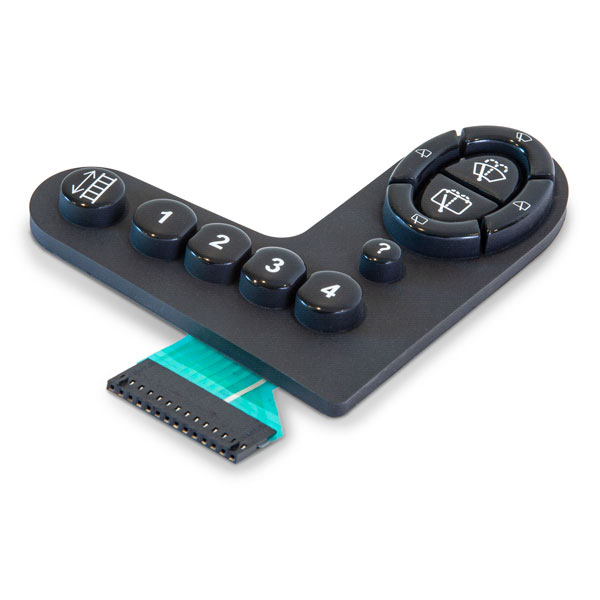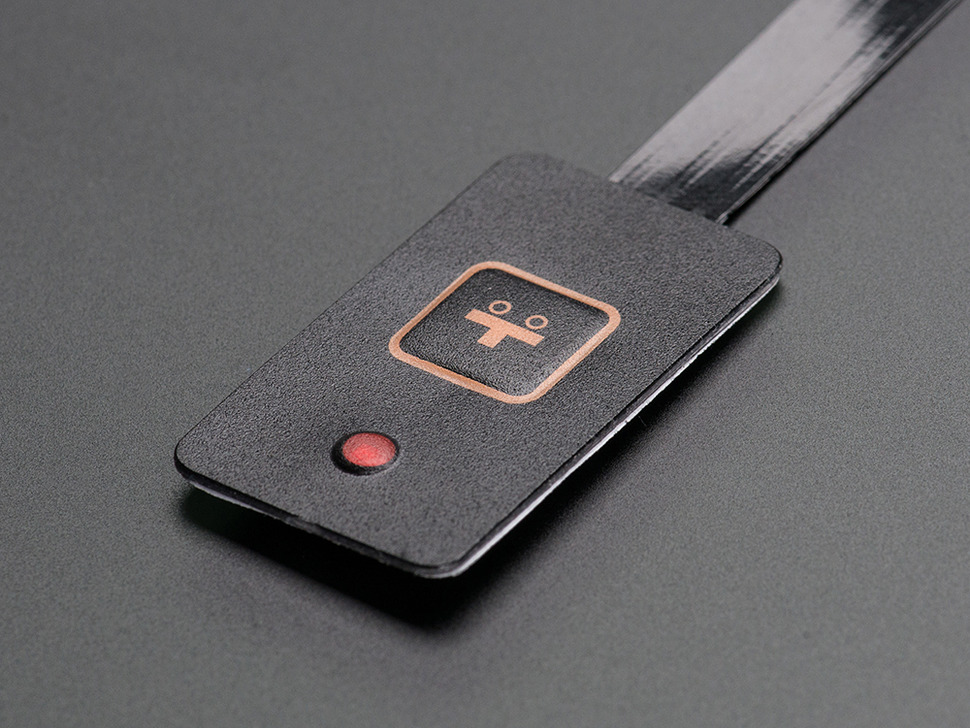The Role of Membrane Switches in Enhancing Device Functionality
The Role of Membrane Switches in Enhancing Device Functionality
Blog Article
Understanding Membrane Switches Over: The Key to Durable and Trusted Controls

What Are Membrane Layer Switches?
Membrane layer switches are an advanced service in the realm of interface modern technology, incorporating capability and layout seamlessly. These gadgets function as a user interface in between individuals and electronic systems, integrating a number of elements right into a portable style. Typically built from adaptable, thin layers of materials, membrane buttons are designed to react to touch, making it possible for users to interact with machinery and electronic tools properly.
The key elements of a membrane layer switch include a published circuit layer, graphic overlay, and a spacer layer that avoids unplanned activation. The graphic overlay can be customized to reflect brand identity or customer preferences, boosting appearances while making sure functionality. Membrane switches are commonly utilized in different applications, consisting of medical gadgets, consumer electronic devices, and commercial devices, owing to their resilience and resistance to ecological elements such as dampness and dirt.
Among the essential advantages of membrane layer switches is their capability to withstand damage, making them ideal for high-traffic atmospheres. Furthermore, they are light-weight and require minimal space, permitting for ingenious styles in product growth. Overall, membrane changes stand for a useful and effective option for modern electronic interfaces, marrying innovation with user-centric design principles.
Just How Membrane Layer Switches Job
The procedure of membrane changes depend upon a straightforward yet effective system that converts user input into electronic signals. These switches are composed of several layers, normally including a graphic overlay, a spacer layer, and a circuit layer. When a user presses the button, the leading layer deforms, permitting a conductive aspect in the circuit layer to reach an equivalent conductive pad on the bottom of the graphic overlay. This contact closes the circuit and sends a digital signal to the gadget, showing that the switch has actually been activated.
The layout of membrane layer switches can vary, but they usually integrate domes or tactile aspects to provide comments to the user, enhancing the total experience - membrane switch. The materials made use of in membrane switches, such as polyester or polycarbonate, add to their longevity and resistance to environmental factors, including dampness and dust. The published circuits are normally enveloped, which protects them from wear and tear over time.
Advantages of Membrane Layer Buttons

In addition, membrane layer buttons are understood for their toughness. Built from robust products, they are immune to dirt, wetness, and physical wear, which dramatically expands their life-span contrasted to conventional mechanical buttons. This sturdiness makes them specifically ideal for high-traffic settings and applications requiring long life.
An additional considerable benefit is the convenience of cleansing and upkeep. The smooth surface area of membrane switches reduces dust accumulation and is commonly unsusceptible spills, making them perfect for settings that require regular sanitization.
Furthermore, membrane layer buttons use a streamlined account, leading to a thinner layout that can be incorporated into numerous tools without including bulk. This feature not only enhances the visual charm yet likewise adds to a more ergonomic item design.
Applications of Membrane Buttons
User-friendly and functional, membrane layer buttons locate applications across a wide variety of markets, including medical devices, consumer electronic devices, and commercial equipment. In the medical area, these switches are integral to gadgets such as diagnostic tools, client monitoring systems, and check that infusion pumps, where reliability and convenience of cleansing are crucial. Their capability to maintain and endure severe atmospheres functionality makes them optimal for such applications.

In consumer electronic devices, membrane layer switches are utilized in products like microwaves, washing devices, and remote controls - membrane switch. Their streamlined design enables for intuitive individual interfaces, boosting the total user experience while providing toughness and resistance to damage
Industrial tools also gains from membrane layer buttons, specifically in control panels for machinery and automation systems. These switches supply defense against dirt and dampness, guaranteeing constant performance in difficult environments. Their customizable attributes enable producers to customize them to details operational requirements, improving efficiency and capability.
Choosing the Right Membrane Change
When choosing a membrane layer button, it is necessary to take into consideration numerous variables that influence efficiency and viability for specific applications. The primary considerations include ecological conditions, tactile feedback, sturdiness, and style specs.
First, examine the operating environment; buttons subjected to wetness, chemicals, or severe temperature levels call for details products to guarantee durability and great site functionality. Next off, assess the need for tactile responses. Depending upon individual communication, some applications may take advantage of a tactile reaction to validate activation, while others may choose a non-tactile style for aesthetic reasons.
Sturdiness is another important aspect; membrane layer buttons ought to be made to stand up to frequent usage, impacts, and abrasion. Make sure the selected button can withstand the expected lifecycle, particularly in high-usage situations.

Verdict
In conclusion, membrane layer changes function as crucial parts in the design of resilient and trustworthy control systems across different markets. Their portable layout, integrated with robust building and construction and personalized functions, improves individual interaction while making certain long life in requiring settings. The versatility of membrane layer changes permits tailored solutions that satisfy particular functional needs, enhancing their relevance in contemporary technology. As markets remain to develop, the significance of integrating reliable membrane switch options can not be overstated.
Membrane changes represent an essential aspect of contemporary interface layout, mixing performance with durability in different applications.Membrane buttons are a sophisticated service in the realm of individual interface innovation, incorporating performance and layout effortlessly. Normally created from flexible, slim layers of products, membrane switches are designed to react to touch, allowing users to communicate with equipment and electronic devices properly.
The layout of membrane buttons can vary, yet they commonly integrate domes or responsive components to offer look at more info feedback to the individual, boosting the general experience.In final thought, membrane layer changes offer as important elements in the layout of durable and trusted control systems throughout numerous markets.
Report this page